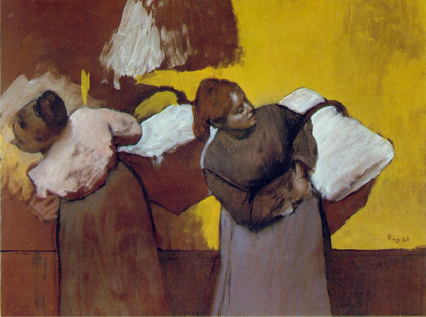Unity
Unity is when all of the design elements come together to form one unified image.
Unity can be achieved by:
Using simular shapes
Using simular colors
Proximinity, bringing the objects closer together.
Overlapping objects.
Another term for the same idea is harmony. If the various elements are not harmonious, if they appear separate and/or unrelated the design lacks unity.
Although you can still have unity when using a group of different shapes, unity would depend upon the position of the shapes in relationship to one another.
Using colors that are not harmonious can work against a unified design.




